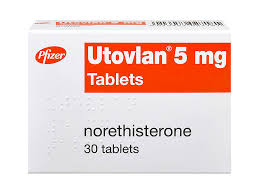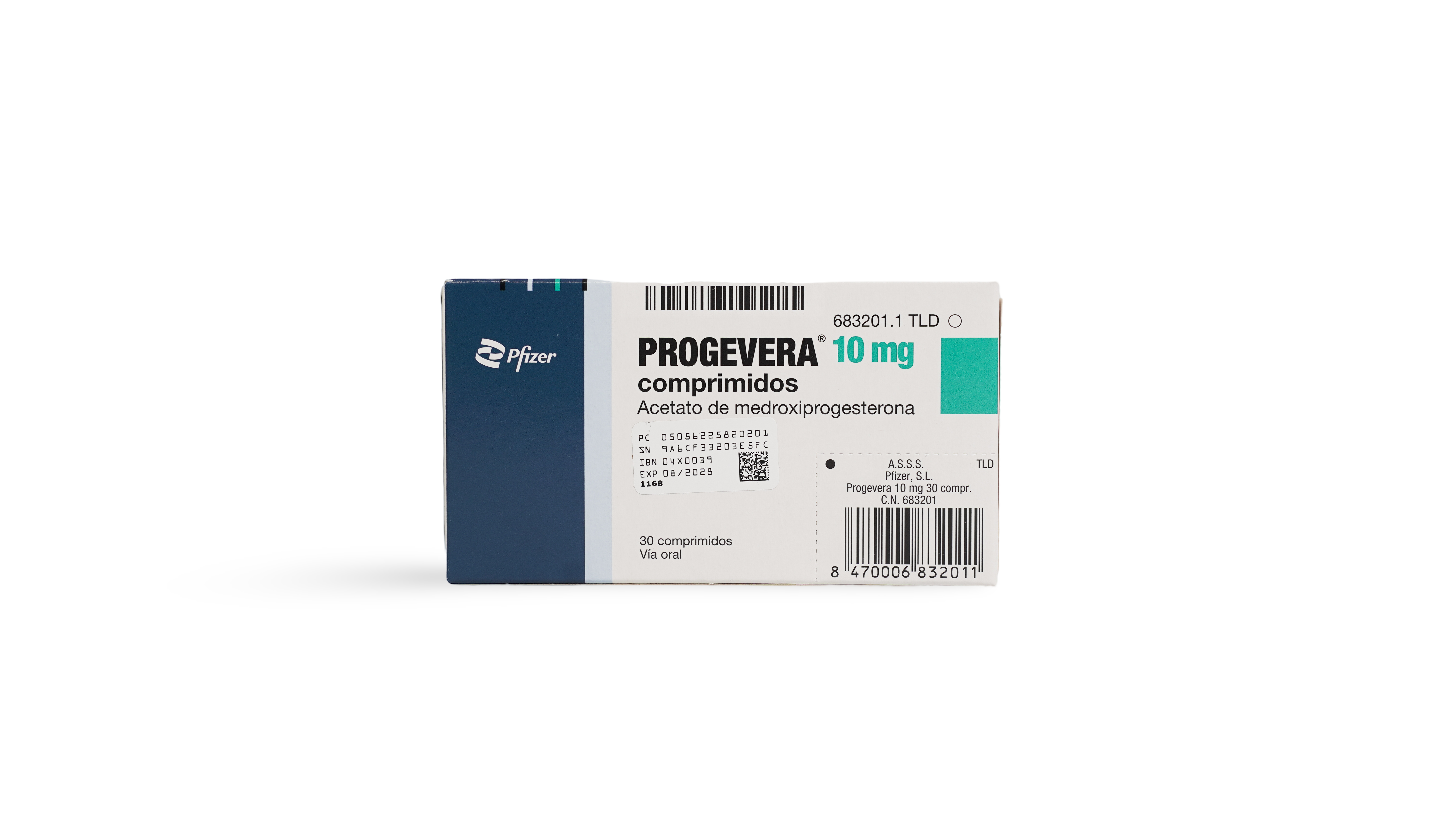What is Utovlan (Norethisterone)?
Utovlan is a branded version of Norethisterone, a synthetic form of the natural female hormone progesterone. Progesterone helps maintain the lining of the womb, and typically, its levels drop before a woman’s period begins. By taking Utovlan, the womb lining is sustained, effectively delaying your period until you stop taking the tablets.
What is Utovlan Used For?
Utovlan (Norethisterone) has several uses, including safely delaying your period for up to 17 days when it would otherwise be inconvenient. You can purchase Utovlan period delay tablets online for:
- Up to 7 days of period delay = 1 pack (30 tablets)
- Up to 17 days of period delay = 2 packs (60 tablets)
Utovlan should not be used to delay your period for more than 17 days without consulting your GP in person. It should also not be used more frequently than every 4 months and cannot be purchased over the counter.
Originally branded as Utovlan, Norethisterone is now also available as a generic treatment. Norethisterone is also found in some contraceptive pills and hormone replacement therapies for menopause. However, Utovlan period delay tablets should not be used for hormone replacement, do not provide contraceptive protection, and are not a form of emergency contraception. You should continue using your regular contraceptive method while taking Utovlan to delay your period.
How Do I Take Utovlan (Norethisterone)?
To delay your period with Utovlan, take one tablet three times daily, starting three days before your period is due. Continue until you wish your period to resume. Your period will typically start within two to three days after stopping the tablets. Do not take Utovlan if you are pregnant. The absorption and effectiveness of Utovlan are not affected by food or alcohol.
How Can I Delay My Period?
There are no non-medicinal methods to delay your period. If you are already taking the combined contraceptive pill, you can delay your period by running two packs back-to-back without taking the usual seven-day break.
If you are not on the contraceptive pill, Utovlan is an option. However, women already taking the contraceptive pill should not use Utovlan for period delay. If you’re considering using the pill to delay your period, consult your GP or refer to the Period Delay page for more information.
How to Stop Your Period with Utovlan
To delay your period, take one Utovlan tablet three times a day, starting three days before your period is due. Continue until you wish your period to start again. Your period should occur within two to three days after stopping the tablets. Do not use Utovlan to stop a period that has already started.
If you miss a dose, take it as soon as you remember unless it’s almost time for your next dose, in which case, skip the missed one. Missing a dose may cause some light bleeding or spotting, so having panty liners on hand might be helpful.
Ingredients in Utovlan (Norethisterone) Period Delay Pills
Each Utovlan tablet contains 5mg of norethisterone. Other ingredients include lactose, maize starch, and magnesium stearate.
What Are the Side Effects of Utovlan?
Ensure you read the patient information leaflet that comes with your Utovlan pills for a full list of side effects. Stop taking the tablets and consult your GP immediately if you experience a significant rise in blood pressure, jaundice (yellowing of the skin or eyes), or migraines.
If you experience any side effects, contact a healthcare professional through your online account or call us. In an emergency, contact emergency services or visit your nearest A&E.
Warnings and Precautions for Utovlan
Utovlan should not be taken if you are on any of the following medications:
- Aminoglutethimide
- Ampicillin
- Carbamazepine
- Ciclosporin
- Co-trimoxazole
- Efavirenz
- Nelfinavir
- Nevirapine
- Oxacillin
- Phenobarbital
- Phenytoin
- Rifabutin
- Rifampin
- Ritonavir
These interactions will be checked during your online consultation. Consult the patient information leaflet for further details.
Seek Immediate Medical Attention If You Experience:
- Swelling of the face and wheezing (possible severe allergic reaction)
- Thrombosis (blood clot in the leg or lungs)
- Yellowing of the skin or eyes (jaundice)
- Migraine
- A significant rise in blood pressure or persistent headaches










